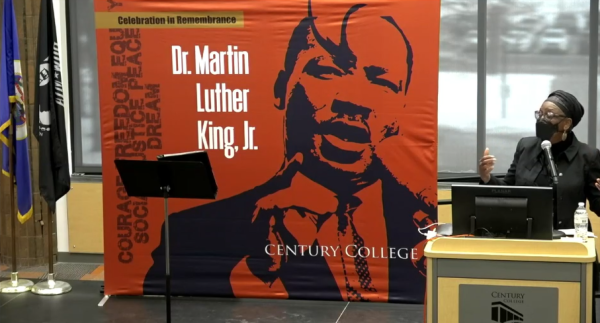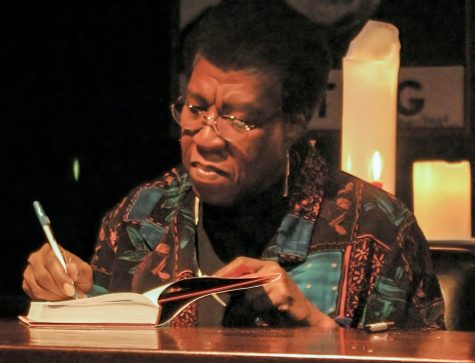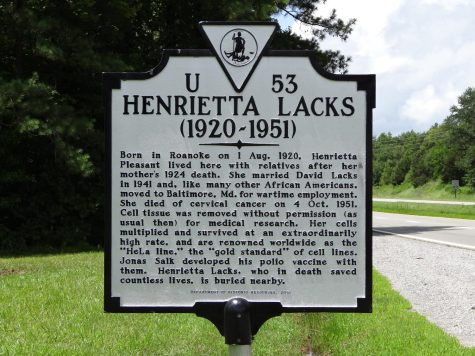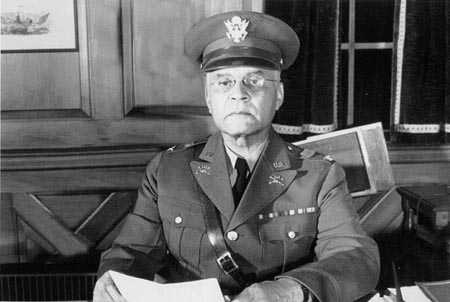Black History Is American History: Dr. Patricia E. Bath

National Library of Medicine, Public domain, via Wikimedia Commons
Editor’s note: This article is the fifteenth part of a series, Black History Is American History, by Kiarra Ballard. Each day in February, we will publish a new entry in the series, focusing on an influential Black figure from history. You can find all of the entries in this series here.
Patricia Era Bath (1942-2019) was raised by a supportive family which encouraged her to follow her intellectual pursuits. She was born on November 4, 1942, in Harlem, a neighborhood in New York City.
Dr. Bath was selected to attend a National Science Foundation-sponsored workshop on cancer research when she was just 16 years old. Bath’s discoveries so impressed the program director, Dr. Robert Bernard, that he included her findings in a scientific report he presented at a conference.
Bath completed high school in two years, after which she enrolled at Hunter College and finished with a bachelor’s degree in 1964. Through her college research, she learned that African Americans were more likely to develop glaucoma and blindness compared to other patients. After this unsettling discovery, Bath created a community ophthalmology system, which boosted the quality of eye care provided to low-income patients. Thanks to Bath’s persistence, thousands of people with eye conditions that would have gone untreated were treated.
Bath believed that eyesight is a basic human right. With this conviction, she co-founded the American Institute for the Prevention of Blindness in 1976. This was some the first discourse of its kind, creating language of medical inclusivity for people with disabilities.
In 1981, Bath started her work on her most famous creation: the Laserphaco Probe. The technology developed a less painful and more precise way to treat cataracts by utilizing lasers. In 1988, she secured a patent for the invention, making history as the first African American woman doctor to accomplish this feat.
Before she died in 2019, Bath was recognized for her charitable work as a surgeon when she implanted a keratoprosthesis to restore sight to a patient who had been blind for thirty years.
Bath was laid to rest in San Francisco, California.
Source:
https://cfmedicine.nlm.nih.gov/physicians/biography_26.html
https://www.biography.com/scientists/patricia-bath
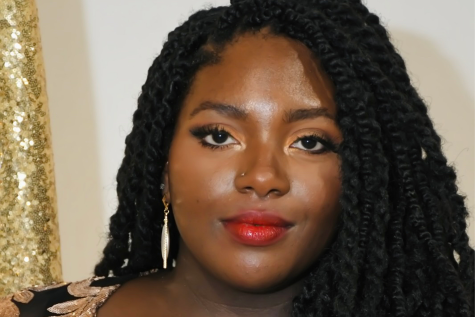
Kiarra is a Computer Science major pursuing the creative writing certificate. When not writing or reading, she can be found patching holes in her curtains...



